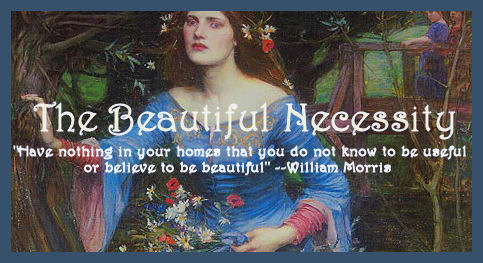
Thanks to Cathy Baker for this
link.
VALUABLE stained-glass windows at an ancient Moray chapel were yesterday being removed as part of preparation work for the Fochabers bypass.
The world-famous pre-Raphaelite windows at Gordon Chapel at Fochabers are being removed and stored by the Scottish Glass Company to save them from being damaged during the work, which will speed up traffic on the A96 Inverness to Aberdeen road.
The windows were designed by Edward Burne-Jones and made by William Morris and Company.
Although they were not part of the original design of the Gothic-style chapel, which was built in the 1830s, they were added between 1874 and 1919. Each of the windows commemorates a member or members of the Gordon Lennox family. The modern St Andrew window was added in 1990 to commemorate Sir George Gordon Lennox.
During the bypass work, which is expected to take three years to complete, tough plastic sheeting will be used to cover the gaps in the stone frames.
The windows are expected to be put back in with a special acoustic protective layer.
A major six-month refurbishment of the chapel, including a new roof and repairs to stone work, is due to start soon. Services will be held in the rectory underneath the church in the meantime.


















































